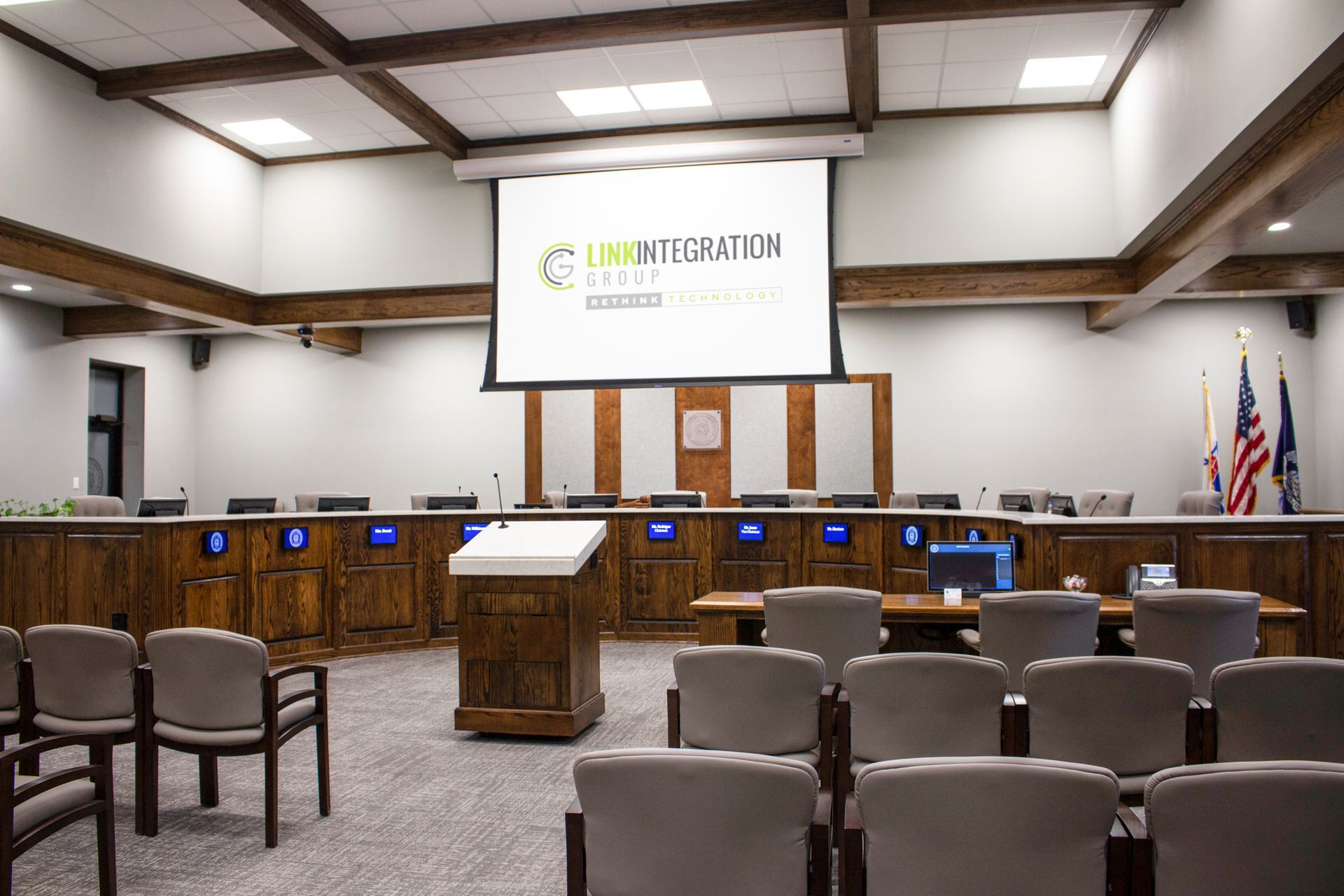Aging Command Center Technology: The Real Costs Impact More Than Just Your Budget
Brad Rojas
Modern command centers have become essential platforms for real-time monitoring, coordination, and decision-making. From managing public safety during severe weather to directing emergency response efforts or maintaining operational continuity in industrial settings, the technology behind these spaces directly shapes outcomes. Yet despite their importance, many organizations continue to rely on outdated or poorly integrated systems—often unaware of the growing risks, inefficiencies, and hidden costs until a failure brings them to light.
Hidden Costs of Outdated Command Center Technology
Outdated command center technology doesn’t just slow down operations—it can bring them to a standstill. What begins as minor system lag or occasional blackouts can quickly escalate into full-blown operational failures, especially when response time and coordination are critical.
Here’s what’s really at stake when legacy systems are left in place too long:
1. Operational Inefficiency and Delayed Response Times
When staff are forced to rely on outdated AV systems and unreliable equipment, their focus shifts from mission-critical tasks to troubleshooting and workaround management. Legacy systems that are unintuitive, unreliable, or incompatible with modern platforms often require manual processes that slow down operations and increase cognitive load. Over time, this not only leads to operator fatigue and slower decision-making but also raises the risk of costly human error. While these inefficiencies may seem manageable in isolation, they accumulate quickly, resulting in hours of lost productivity and a gradual erosion of overall performance.
2. System Failures and Increased Downtime During Critical Moments
Technology failures rarely happen at convenient times—and with aging systems, they tend to happen more often and last longer. Outdated infrastructure often lacks vendor support, available parts, or timely fixes, making recovery slow and unpredictable. During high-pressure situations like natural disasters or industrial incidents, crashes, black screens, or audio dropouts can instantly disrupt communication and derail coordinated efforts. In fast-moving environments, even brief interruptions create confusion, delay response times, and increase the likelihood of critical errors. Without built-in redundancy or failover systems, a single point of failure can bring entire operations to a halt.
3. Security Vulnerabilities
Legacy technology often lacks modern cybersecurity protections. Unsupported software, outdated firmware, and weak integration points create exploitable gaps that cybercriminals can use to gain access to critical systems—especially in critical infrastructure or government operations, where a breach could compromise sensitive data or disrupt entire services.
4. Reputational Damage
Reliability is the cornerstone of public trust. When a command center underperforms—whether due to visible technical issues or slower response times—stakeholders notice. Over time, these failures can erode confidence among community members, partners, or leadership teams, making future funding and support more difficult to secure.
5. Emergency Funding and Cost Spikes
Delaying upgrades might feel fiscally responsible in the short term, but emergency replacements during a crisis are far more expensive. Rush orders, expedited labor, and reactive redesigns typically cost significantly more than planned, phased investments made before issues escalate.
Outdated Tech Hinders Command Center Response in St. James Parish
St. James Parish Emergency Operations Center provides a telling example. Their command center AV system, originally installed over a decade ago, struggled under modern demands. Emergency responders dealt with unreliable visuals, outdated inputs, and frustrating compatibility issues during hurricane season and high-stakes response efforts.
It wasn’t until they partnered with Link Integration Group that a complete overhaul brought their systems up to mission-critical standards. By transitioning to a modern, integrated AV platform, the parish improved response times, communication clarity, and operational efficiency—restoring both confidence and control.
Does Your Command Center Technology Need an Update?
Don’t wait for a failure to force action. Use this quick checklist to assess whether your command center is falling behind:
- Are your AV systems over 5–7 years old?
- Do you experience frequent lag, crashes, or signal issues?
- Are your systems compatible with today’s software and security protocols?
- Is there a lack of redundancy or backup systems?
- Do operators report frequent frustrations or workarounds?
- Are vendors still supporting your current equipment?
If you answer “yes” to any of the above, it’s time to evaluate your tech infrastructure.
The Long-Term ROI of Reliable AV Systems
While upgrading technology requires upfront investment, the long-term benefits are substantial:
- Improved situational awareness and decision-making
- Reduced downtime and response lag
- Lower long-term maintenance and emergency replacement costs
- Enhanced public trust and organizational credibility
When emergencies escalate, dependable technology ensures your team has the tools to respond swiftly and effectively.
A modern, mission-critical AV system isn’t a luxury—it’s a necessity. Proactive modernization is not just about keeping up with the times. It’s about ensuring your command center remains a trusted, responsive, and resilient hub when it matters most—waiting until failure strikes leads to rushed decisions, budget strain, and worst-case outcomes. Contact Link Integration Group today for assistance in modernizing your command center with scalable, reliable AV solutions tailored to your specific needs.





